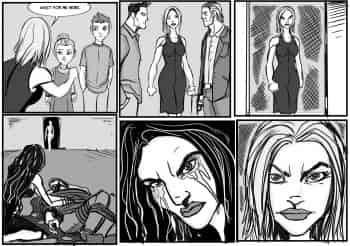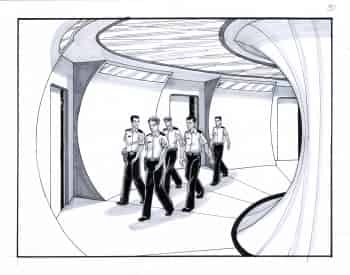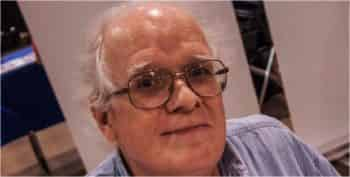Bonus
-
What Are They Saying? The Great Game – Part IV
-
Touch-ups (“The Knife in the Wound”)
-
Confusion as a human characteristic
John Ostender started a discussion about the possibility of someone developing an algorithm to write stories. His reflections include this gem:
“My problem with the whole “computer as a creative writer” concept is that, while it’s an interesting exercise, there will be something essential lacking in its attempt to tell stories. We use stories to distill the human experience and computers lack that. […] As humans, we are all storytellers and we use story every day to explain life to ourselves and others. Computers simply don’t have that and I don’t think you can program them to compensate.” (“WriterBot 3000,” http://www.comicmix.com, March 22, 2015).
And you could say that behaving irrationally is a human characteristic. In Perfidia, James Ellroy’s last novel, all the characters struggle with their inner contradictions: they devise plans, adopt positions they can’t possibly hold in the face of external events, simply because they are in survival mode. These contradictions are all the more apparent because the story takes place over a few weeks only. Ellroy fans are used to longer time frames, when these twists can be interpreted as the characters’ psychological evolution.
In our own way, we’ve tried to apply this idea of inner contradictions to our story titled “Going All Out.” Valasquez, who normally manipulates events, is seen constantly improvising, taking risks that could put him in an uncomfortable position. His lack of control seems to lead him to take even more risks, like he’s challenging fate. He gives Benson an explanation, but we didn’t let the analysis get too deep because we wanted to leave a very human lack of logic in there. We even sought to apply another piece of advice from Ostrander: “Character is found in contradiction. Never try to explain a contradiction away; put it out there for the reader to explain it.”(“John Ostrander’s Writing Class: Details Details Details,” http://www.comicmix.com, April 5, 2015).
-
What Are They Saying? The Great Game – Part III
-
Where does that character come from? The example of Jarnak








